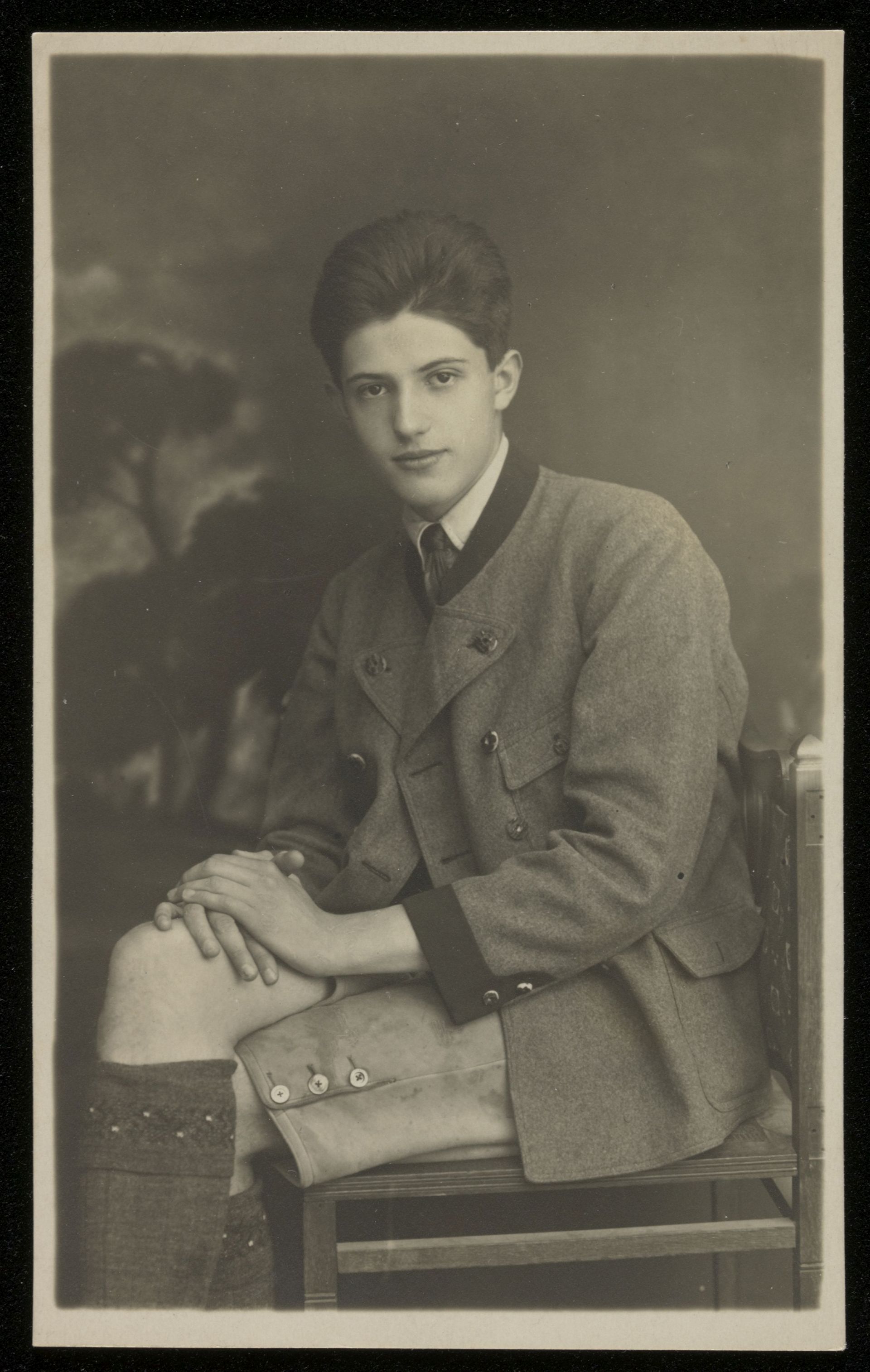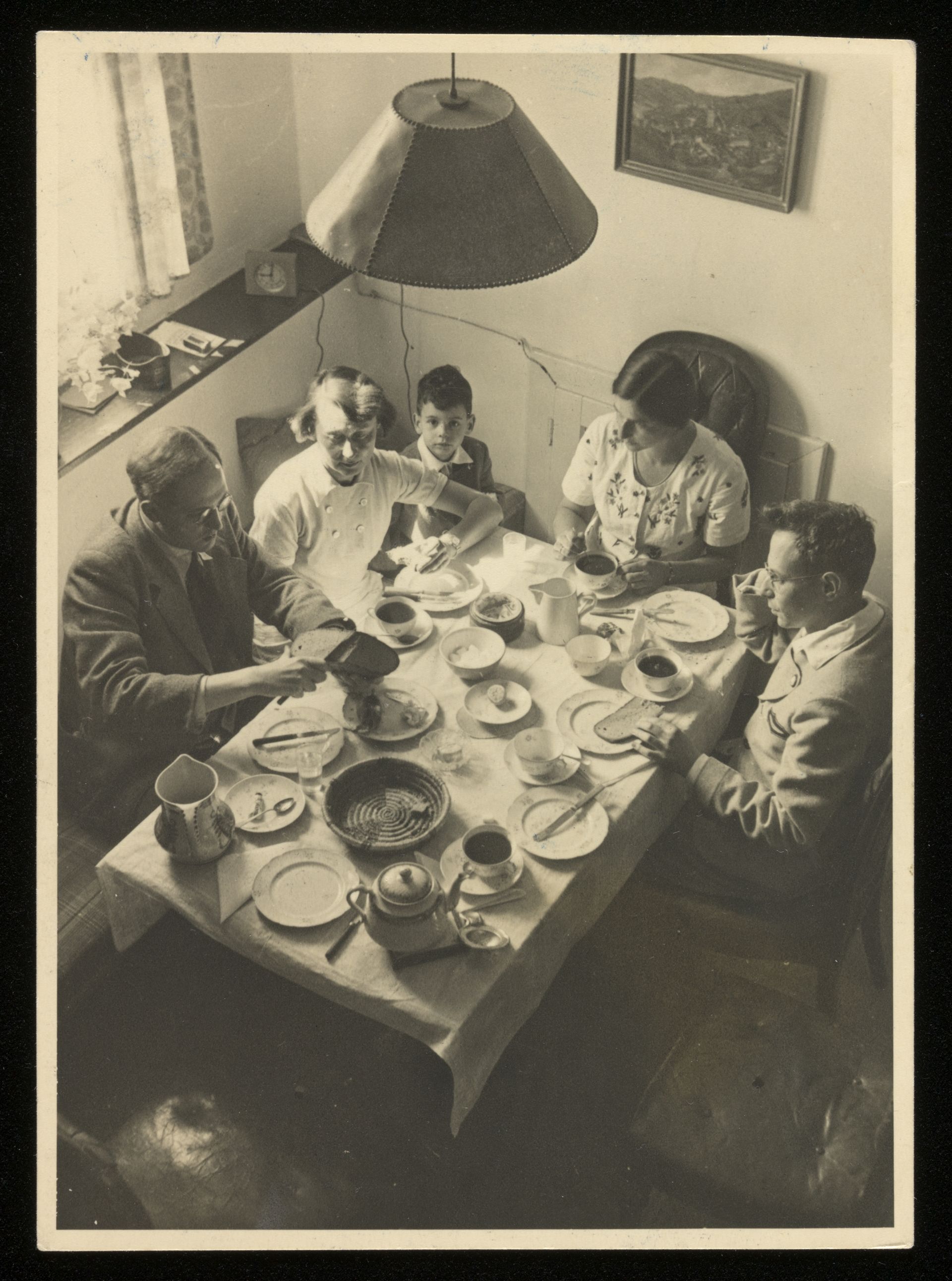Karl Motesiczky
(Vienna 1904 – Auschwitz 1943). A selfless rescuer of Jews
Where did he find the strength?
In light of his unusual biography, any attempt to describe Karl Motesiczky in brief is surely doomed to failure: His mother came from one of the richest assimilated Jewish families in Vienna, the Lieben family, his father from the Hungarian aristocracy. He grew up Protestant, which made him a “Mischling 1. Grades” (“1st grade halfbreed”) according to the the racist doctrine of the Nazi regime. Due to his family’s wealth he was never forced to make a living, but was able to study several subjects, eventually becoming politically involved with the Communists and joining the circle surrounding the psychoanalyst and researcher on sexuality Wilhelm Reich. He lived in several countries: Germany, Denmark, Sweden. In late 1937 he returned to Austria. Unlike his sister, the painter Marie-Louise von Motesiczky, and his mother Henriette von Motesiczky, who fled first to the Netherlands and then to England, Karl Motesiczky decided to stay in Austria: “Who will resist if everyone leaves...?” He also wanted to prevent the expropriation of the family property, an estate in Hinterbrühl in Lower Austria.
His house became a meeting place for people with similar beliefs, but also provided shelter for Jews during the Nazi era, for whom the situation was becoming increasingly dangerous. People who later reported on Karl Motesiczky referred to his property as a “Jewish refuge”. In autumn 1938 he became acquainted with Ella and Kurt Lingens, who later on also lived in Hinterbrühl with their young son. Together they tried to smuggle two Jewish couples from Poland across the border into Switzerland. The intended go-between was a Jew named Klinger, who worked for the Jupo (“Jewish police”). He betrayed the plan, which did not prevent him from perishing himself at the Auschwitz-Birkenau extermination camp. Like Ella Lingens, Karl Motesiczky was arrested by the Gestapo in October 1942 and deported to Auschwitz in February 1943, where he died in the prisoners’ infirmary on 25 June 1943.
What gave him the strength to act in this way gives pause for thought. His friend Bruno Seidel was once present when he hid a Jewish couple in his flat: “Good old Karl, who was always struggling with the small, external things of life, exuded such a serene and self-assured sense of calm in this moment of great danger that existed for him and his surroundings at the time that I still admire him for it today.” A biography written by Christiane Rothländer ends with a quote by Karl Motesiczky from a letter to his sister in 1939: “Perhaps the whole art of happiness lies in the art of not thinking of oneself.”
Today, the SOS Children’s Village Hinterbrühl is located on Karl Motesiczky’s former estate, where the is also a memorial stone for Karl Motesiczky installed at the site in 1961 on the initiative of his mother and sister. It was destroyed and smeared with swastikas in 2000, but the Children’s Village had it restored. In 1980, Karl Motesiczky was posthumously honoured by Israel with the accolade “Righteous Among the Nations”.
Literature
Christiane Rothländer, Karl Motesiczky 1904–1943. Eine biographische Rekonstruktion, Vienna 2010.
Erika Weinzierl, Zu wenig Gerechte. Österreicher und die Judenverfolgung 1938–1945, Graz-Vienna-Cologne 41997.


